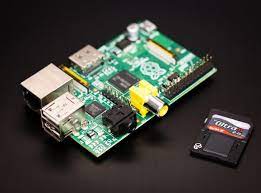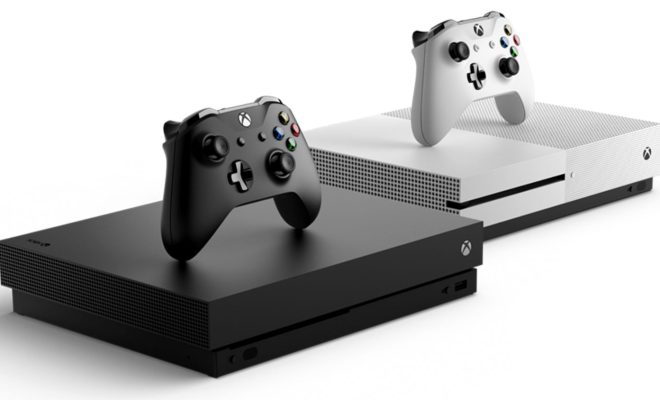Exploring the Different Types of Arduino Microcontroller

Arduino boards have revolutionized the world of electronics and programming. These boards have significantly simplified the process of creating projects and prototypes, making them accessible to everyone. Additionally, the vast community of Arduino enthusiasts has paved the way for a world of possibilities. The Arduino microcontroller is the brain behind these boards, and there are various types tailored to different needs. In this article, we’ll explore the different types of Arduino microcontrollers.
1. Arduino Uno
The Arduino Uno is one of the most popular microcontrollers and is famous for its ease of use and versatility. This board features an ATmega328P microcontroller, 14 digital input/output pins, six analog inputs, and a USB interface for easy programming. It comes with an Arduino IDE, making the coding process simple and accessible.
2. Arduino Mega
The Arduino Mega is a bigger version of the Uno board, packed with more pins for larger projects. This board features an ATmega2560 microcontroller, 54 digital input/output pins, 16 analog inputs, and larger memory. The increased number of pins and memory allows for more significant projects with more complicated functionalities.
3. Arduino Leonardo
The Arduino Leonardo is a microcontroller that features an ATmega32u4 microcontroller and USB connection. It comes with 20 digital input/output pins, 12 analog inputs, and a 16MHz crystal oscillator. The most significant advantage of the Leonardo board is that it can act as a keyboard or mouse, making it perfect for projects that require human interaction.
4. Arduino Nano
The Arduino Nano is a compact version of the Uno board and is perfect for projects that require a small form factor. It features an ATmega328P microcontroller, 14 digital input/output pins, 8 analog inputs, and a mini-USB interface for programming. The small size of the Nano board makes it ideal for projects that require portability, such as wearables and small robots.
5. Arduino Due
The Arduino Due is the most powerful board in the Arduino lineup and features an ARM-based microcontroller, the Atmel SAM3X8E. This board comes with 54 digital input/output pins, 12 analog inputs, 4 UARTs, and 2 DACs. The Due is ideal for projects that need more processing power, such as 3D printing, robotics, and automation.
6. Arduino Uno WiFi Rev2
The Arduino Uno WiFi Rev2 is an upgraded version of the Uno board and features the ATmega4809 microcontroller. This board comes with 14 digital input/output pins, six analog inputs, and onboard WiFi connectivity. The WiFi capability opens up a world of possibilities in remote monitoring and control.
In conclusion, Arduino boards have transformed the world of programming and electronics, making it easier for enthusiasts to create projects and prototypes. The different types of Arduino microcontrollers offer a wide range of specifications, making them ideal for different projects. Whether you’re a beginner or an experienced developer, there’s an Arduino board suited for your needs.






